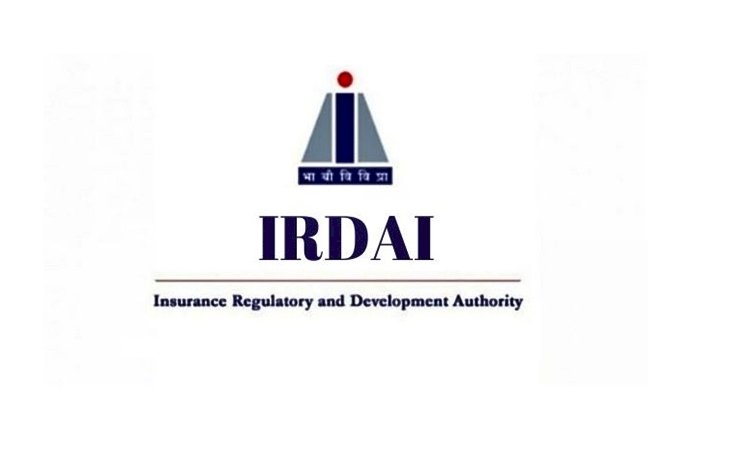IRDAI Claims that the Insurance Industry Requires Rs 50 Billion in Capital a Year and Begs to Corporations to Provide Funding
According to sector watchdog IRDAI's president Debasish Panda, the insurance sector would need a capital inflow of Rs 50,000 crore per year to double its penetration in the next five years and urged corporate conglomerates to invest money in the industry, noting that the return on equity is a good 14% for life insurers and 16% for non-life, with a maximum of 20% for the top five businesses.

According to sector watchdog IRDAI's president Debasish Panda, the insurance sector would need a capital inflow of Rs 50,000 crore per year to double its penetration in the next five years and urged corporate conglomerates to invest money in the industry, noting that the return on equity is a good 14% for life insurers and 16% for non-life, with a maximum of 20% for the top five businesses.
It should be emphasised that the insurance business is quite competitive, with over 30 non-life insurance companies and close to 20 life insurance companies. As of the end of FY21, insurance had a 4.2% total penetration. Speaking at the annual insurance and pension conference hosted by industry group CII here, Panda said that if we want to double the penetration, we need to inject an extra Rs 50,000 crore per year.
According to Panda, India is currently the tenth-largest market in the world and will pass China as the sixth-largest market by 2032, and urged industry to analyse the most recent protection demands as well, saying that it is satisfied to provide customers with conventional or older items and instructed the participants to speak with housing authorities in an effort to make property insurance mandatory or to convince the Union Housing Ministry of the importance of property insurance. Additionally, insurers must enter into bank assurance agreements with non-bank lenders, cooperative banks, and payment aggregators in addition to the current distribution agreements with scheduled commercial banks. In order to make the pie bigger rather than "fleecing" business from competition. Panda also requested that the insurers establish separate grievance redressal cells with their own set of staff. Participants in the financial industry must also collaborate effectively in order to increase penetration.
Manoj Anand, a full-time member of the Pension Fund Regulatory and Development Authority, stated at the same event that insurers must provide annuity plans that shield a person from inflation concerns. He stated that when a plan bearer reaches retirement age, the PFRDA anticipates that Rs 11,000 crore will flow into annuity plans offered by insurers in the next five years. He claimed that the new pension plan has been extremely advantageous for the industry at a time when there is debate over states returning to the previous pension plan.
According to him, the total assets managed by the NPS were worth Rs 8.53 trillion as of December 31, 2022, and are projected to reach Rs 9.25 trillion by the end of FY23. Additionally, it is necessary to include gig workers in occupational pension plans.
Contact Us:
BlueWeave Research Blog
Phone No: +1 866 658 6826
Email: info@blueweaveconsulting.com




























